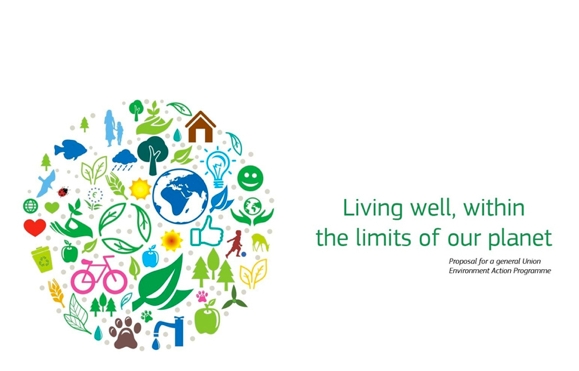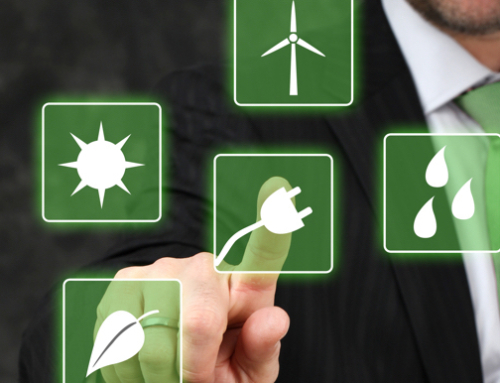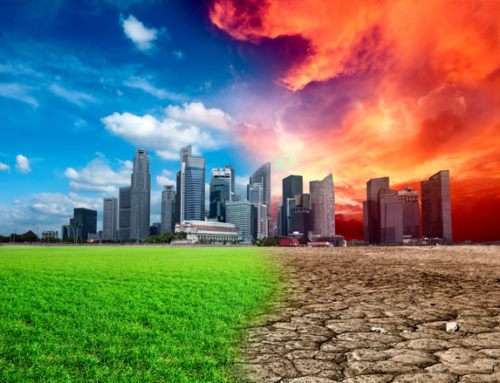The European Commission proposed a New General Union Environment Action Program (7th EAP) in November 2012 to guide the EU Environment Policy up to 2020.
Entitled “Living Well, Within the Limits of Our Planet“, the proposal sets out a clear vision of where Europe should be in the long term; in particular, it aims to enhance Europe’s ecological resilience and transform the European Union into an inclusive and sustainable green economy.
The EAP has the three-fold aim of achieving an inclusive green economy, whilst protecting the natural capital and the health of European citizens.
Specifically, protecting natural capital, encouraging more resource efficiency and accelerating the transition to the low-carbon economy are key features of the Program, which also seeks to tackle environmental causes of disease.
The Program builds on the achievements of 40 years of EU Environment Policy, and draws on a number of recent strategic initiatives in the field of environment, including the Resource Efficiency Roadmap, the 2020 Biodiversity Strategy and the Low-Carbon Economy Roadmap.
An into depth analysis shows that the 7th EAP should:
- Secure the commitment of EU institutions, Member States, regional and local administrations and other stakeholders to a common agenda for environment policy action up to 2020 (the key cornerstone of the proposal). On this point, EU has the responsibility to deliver results, to take actions at the appropriate level and to fully implement its commitments.
- Agree on three key priority areas on which EU needs to focus efforts. Europeans must protect, conserve and enhance their natural capital, on which so much economic activity depends. Besides implementing 2020 Biodiversity Strategy and Blueprint to Safeguard Waters, Europe has identified some gaps that need to be filled – soil and land use – and areas where there is room for improvement, including Forest Policy. EU will also need to step up actions needed to protect the health of oceans and seas, by for example adopting quantitative targets on the reduction of marine litter. EU should put in place the right conditions for a single market for a resource efficient, low-carbon growth. This should be the core of the green economy that all responsible European stakeholders want to create. It means fully implementing the climate and energy package and agreeing the next steps for Climate Policy beyond 2020, including the implementation of the Low-Carbon Roadmap by 2050. It means also improving the environmental performance of products over their entire life cycle and reducing the overall environmental impact of consumption. And, it also means turning waste into a resource and boosting growth through further development of the recycling sector.
- Tackle environment-related challenges to health, making also sure that EU is prepared for new and emerging risks. Here the focus is on updating air quality, noise and water legislation, and addressing concerns linked to chemicals and nano-materials.
Despite progress in some areas, EU faces significant environmental challenges, as well as opportunities to make the environment more resilient to risks and change. So, how to get there?
By focusing on the 4 ‘i’s: better implementation of legislation; better information, by improving the scientific evidence base; more investment for the environment, and full integration of environment into other policies.
Making these “enablers” happen should form the next four priority objectives:
- Phasing out environmentally harmful subsidies,
- Shifting taxation from labour to pollution,
- Drawing up partnership agreements between Member States and the Commission on the implementation of EU Environmental Law,
- Introducing complementary inspection capacity at EU level to address areas of serious concern. It also means developing a system for tracking environment-related expenditure in the EU budget.
Another very important element will be integrating environment and climate-related considerations into the European Semester Process where that makes relevant impacts.
The 7th EAP also aims to help EU cities become more sustainable. The EU is densely populated and by 2020 it is likely that 80% of people will live in urban and peri-urban areas.
European Institutions should acknowledge the importance of the urban dimension for the entire EU, and give the opportunity to local authorities to show the “green bill of environmental health” to their citizens, by agreeing on a common set of criteria to help them asses their environmental performance.
Finally, Europe and Europeans need to acknowledge global challenges. They should clearly acknowledge the need to reduce the impact of consumption of the European Union on the environment beyond EU borders.
But Europe and Europeans have to make sure that other parts of the world that generate most environmental impacts and consume most resources do the same.
Information Source: European Commission, DG Environment.
We help our clients and partners address the most pressing economical, political, social and environmental challenges. If you want to learn more about our sustainability practices, please Contact Us for an initial introductory consultation to discuss what management and communications systems you may need for complete sustainability legislative and regulatory compliance, and better measurement and reporting of TBL performance.








Leave A Comment
You must be logged in to post a comment.